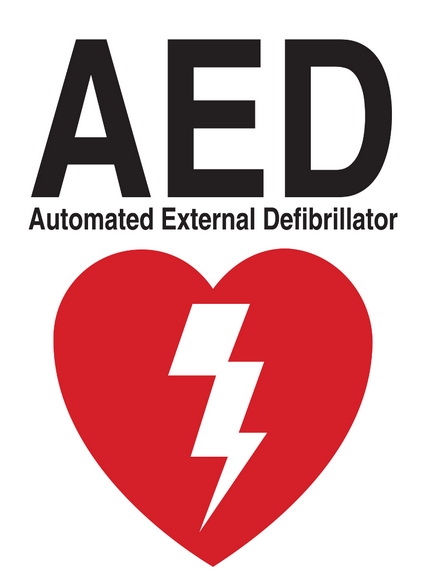
The prompt use of AEDs by bystanders can greatly improve survival from sudden cardiac arrest occurring in public, yet their use is strikingly low possibly because of lack of public awareness, researchers said. Previous studies have highlighted disparities in receiving CPR and CPR training in Latino communities, but no studies have assessed AED awareness and associated racial disparities.
In this study, researchers collected demographic information and AED awareness from 9,022 individuals in a nationally representative telephone survey conducted in English and Spanish.
They found:
- 26 percent of Latino respondents did not know what an AED was compared to 5 percent of Caucasians.
- 19 percent of Latinos correctly reported "anybody" could use an AED compared to 27 percent of Caucasians.
These findings provide important evidence of racial disparities in AED awareness that may impact sudden cardiac arrest outcomes, especially in Latino-predominant neighborhoods.
An AED is a computerized medical device that can check a person's heart rate and rhythm as well as deliver an electrical shock through the chest to the heart if necessary. It can help save the life of someone who has suffered sudden cardiac arrest, the abrupt loss of heart function. The AED uses voice prompts, lights and visual messages instructing the rescuer in the steps of AED use. AEDs are very accurate and easy to use. With a few hours of training, anyone can learn to operate an AED safely, according to the American Heart Association.
Source: Published originally on medicalxpress.com, Latinos less aware of automated external defibrillators, provided by: American Heart Association, November 11, 2017.